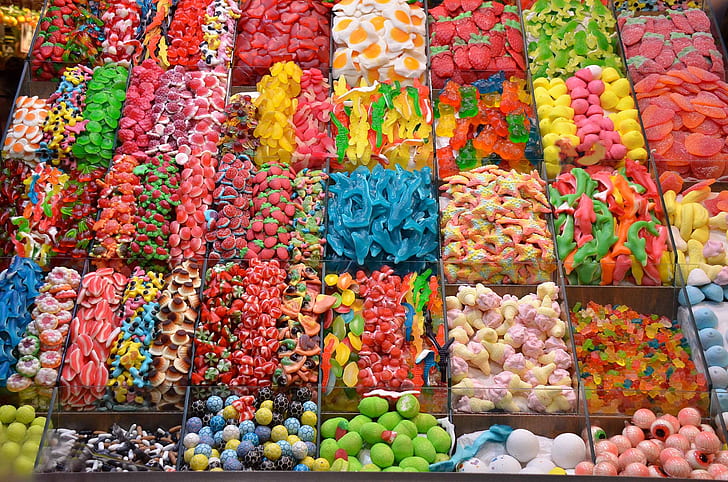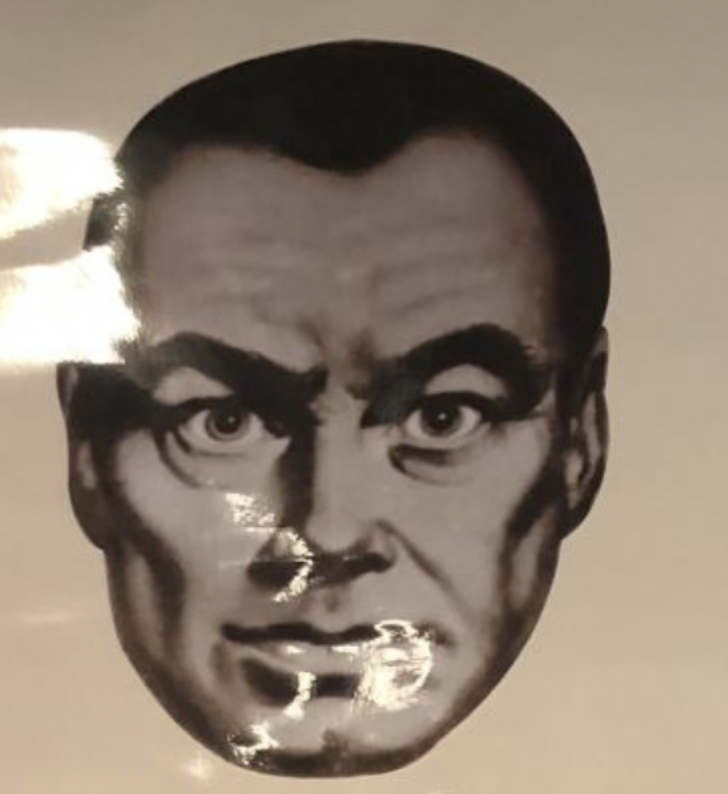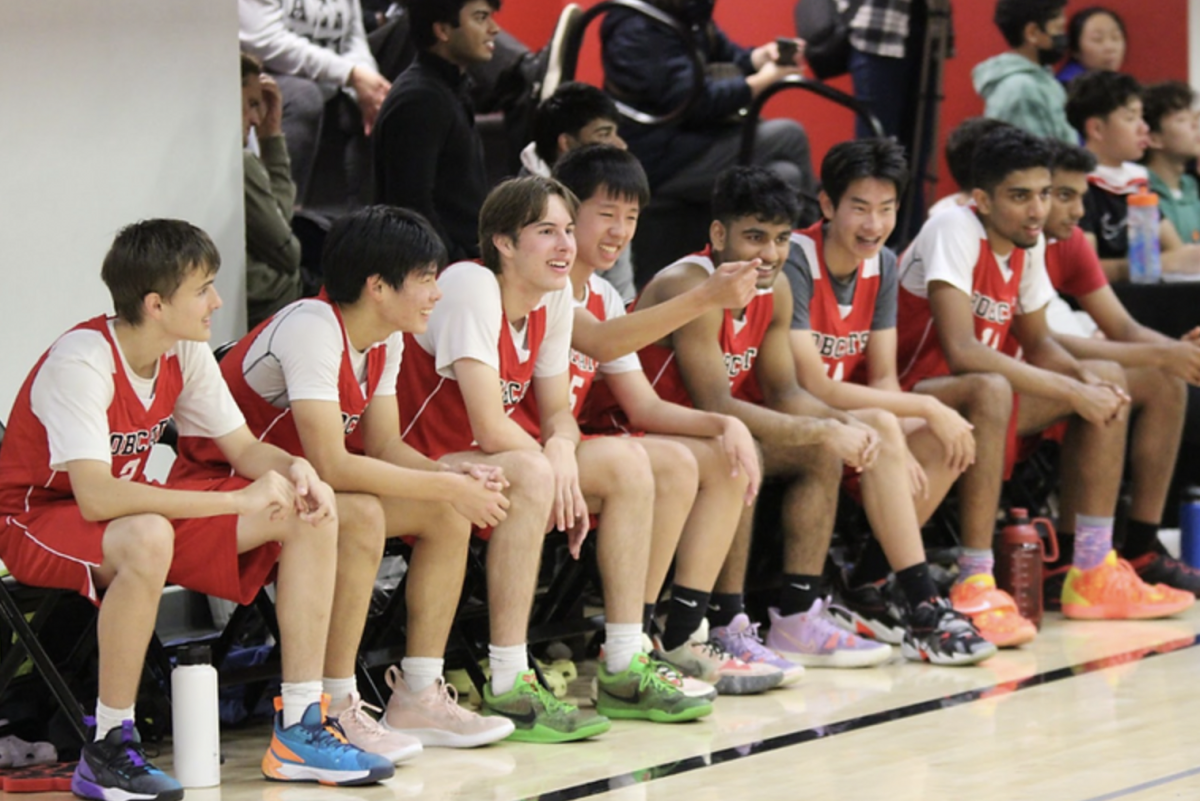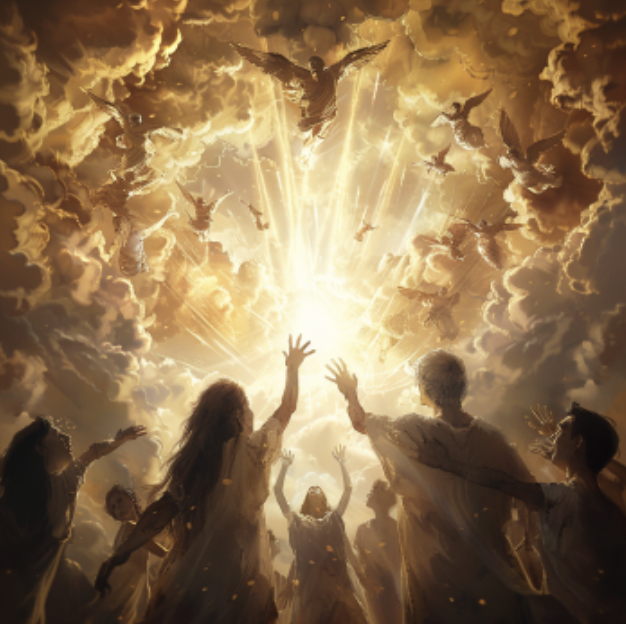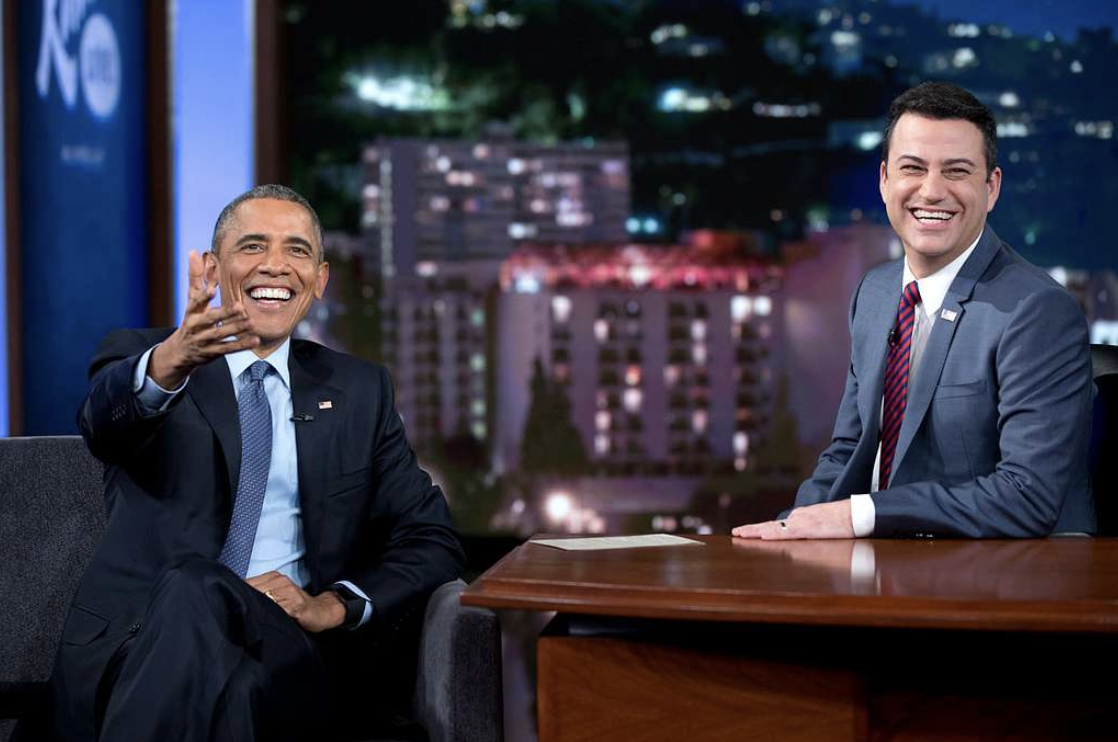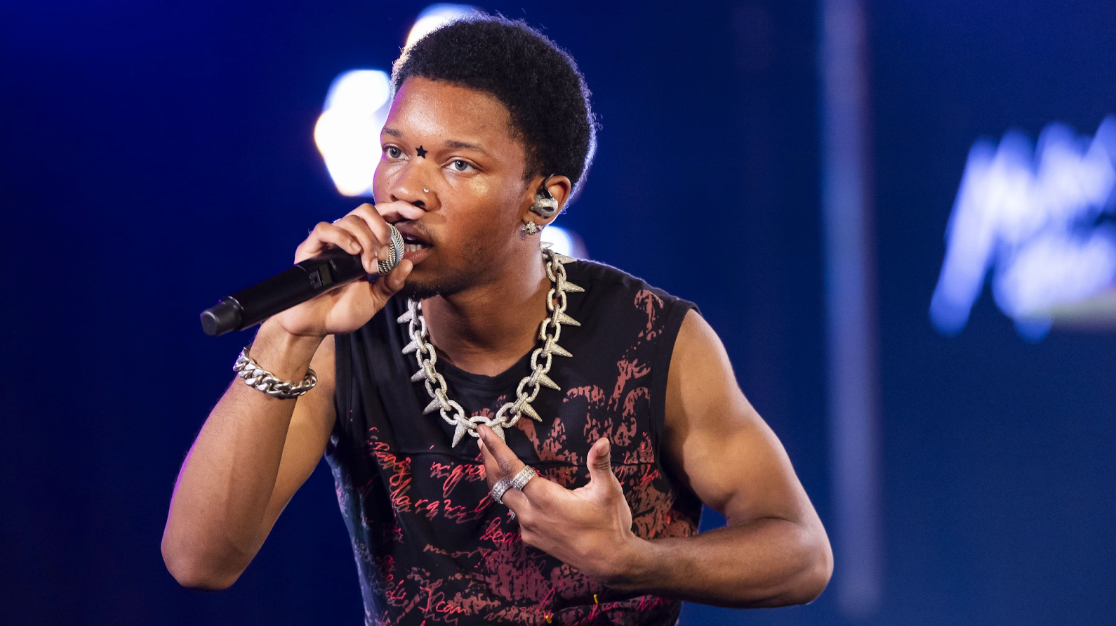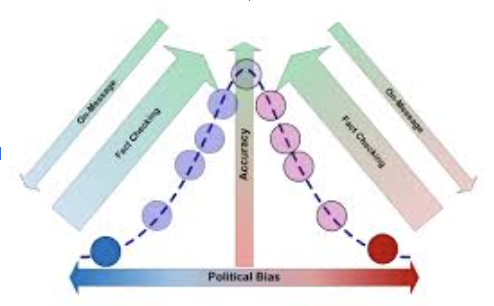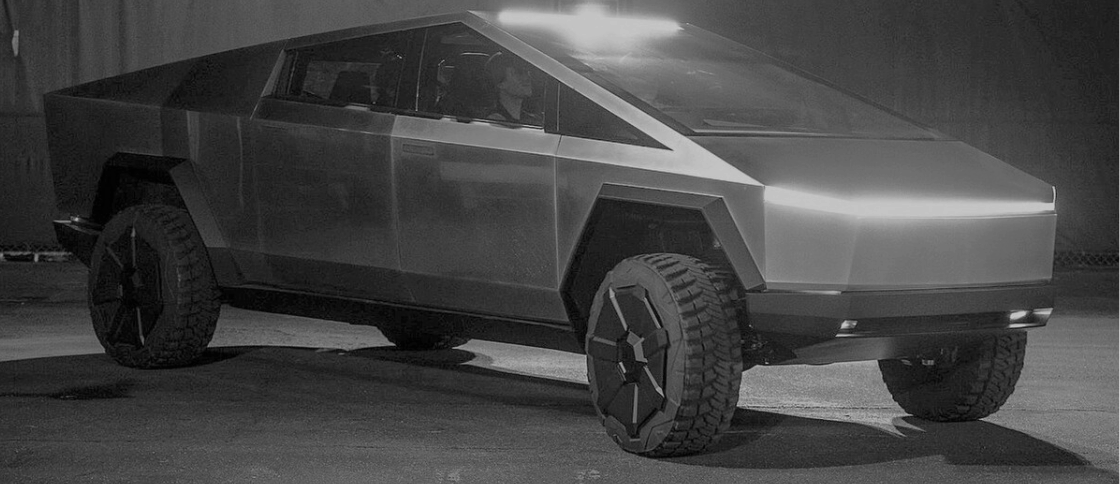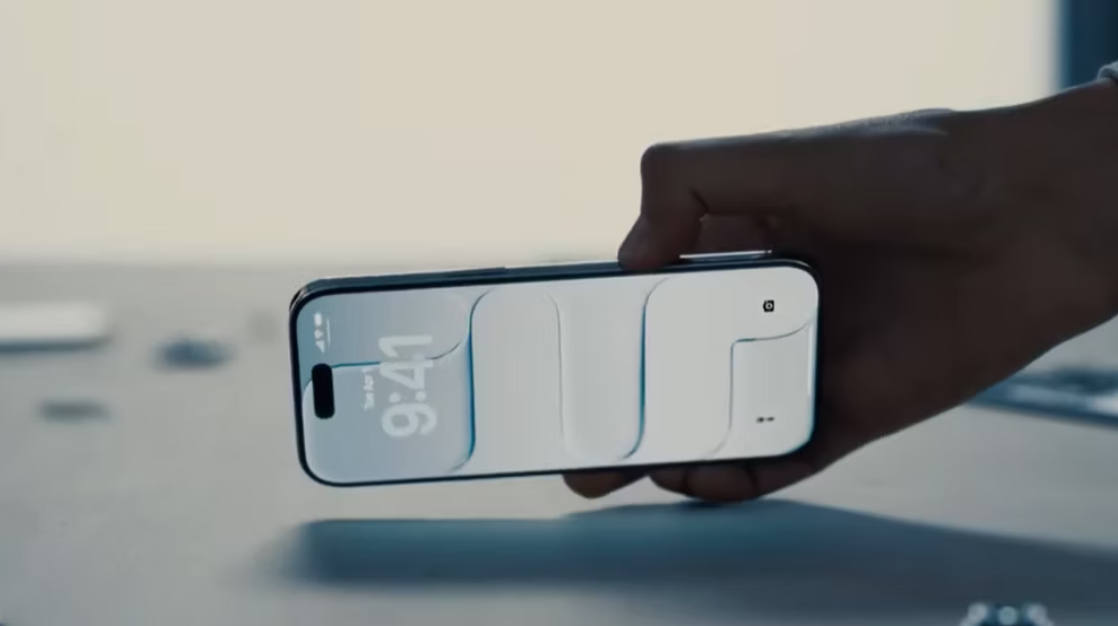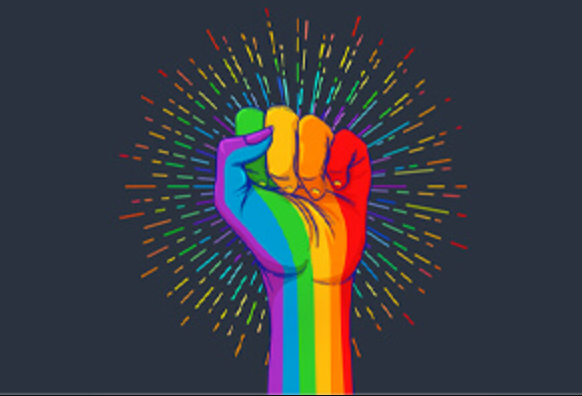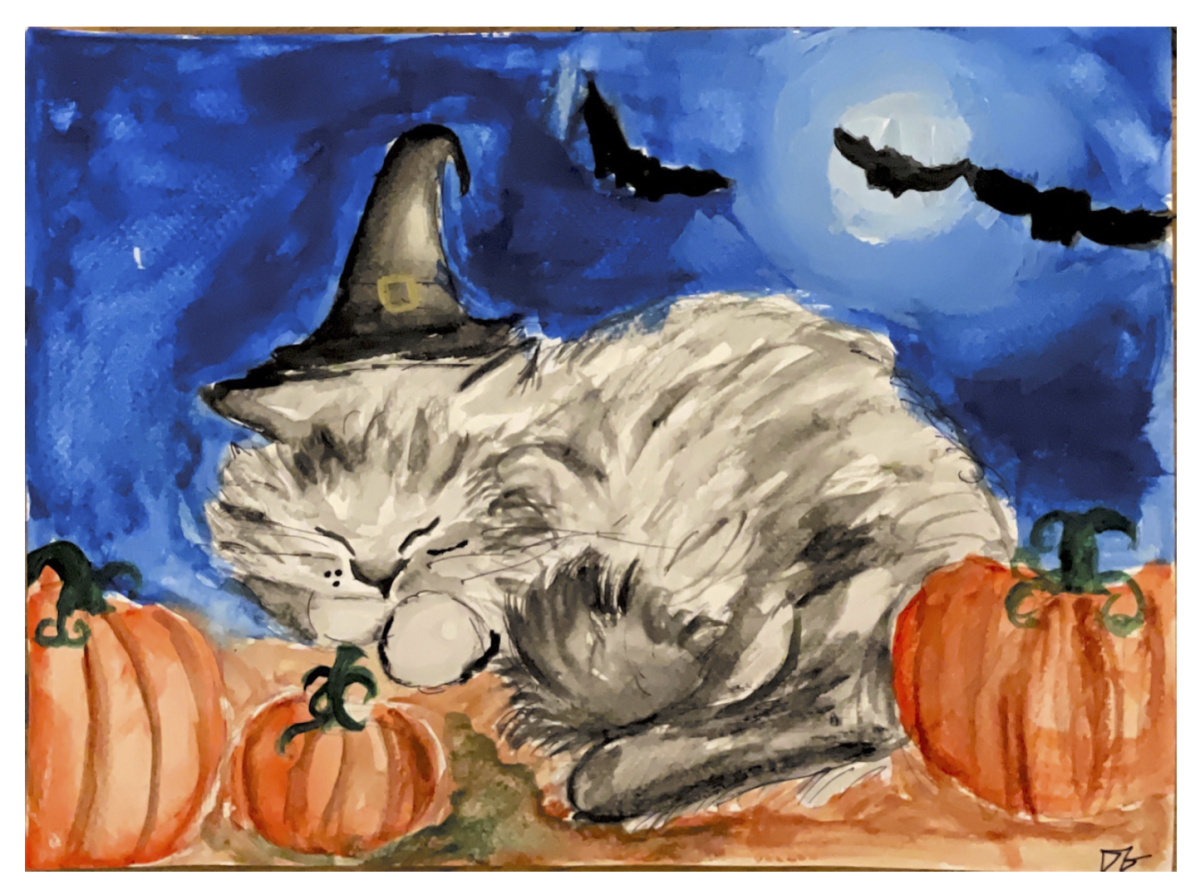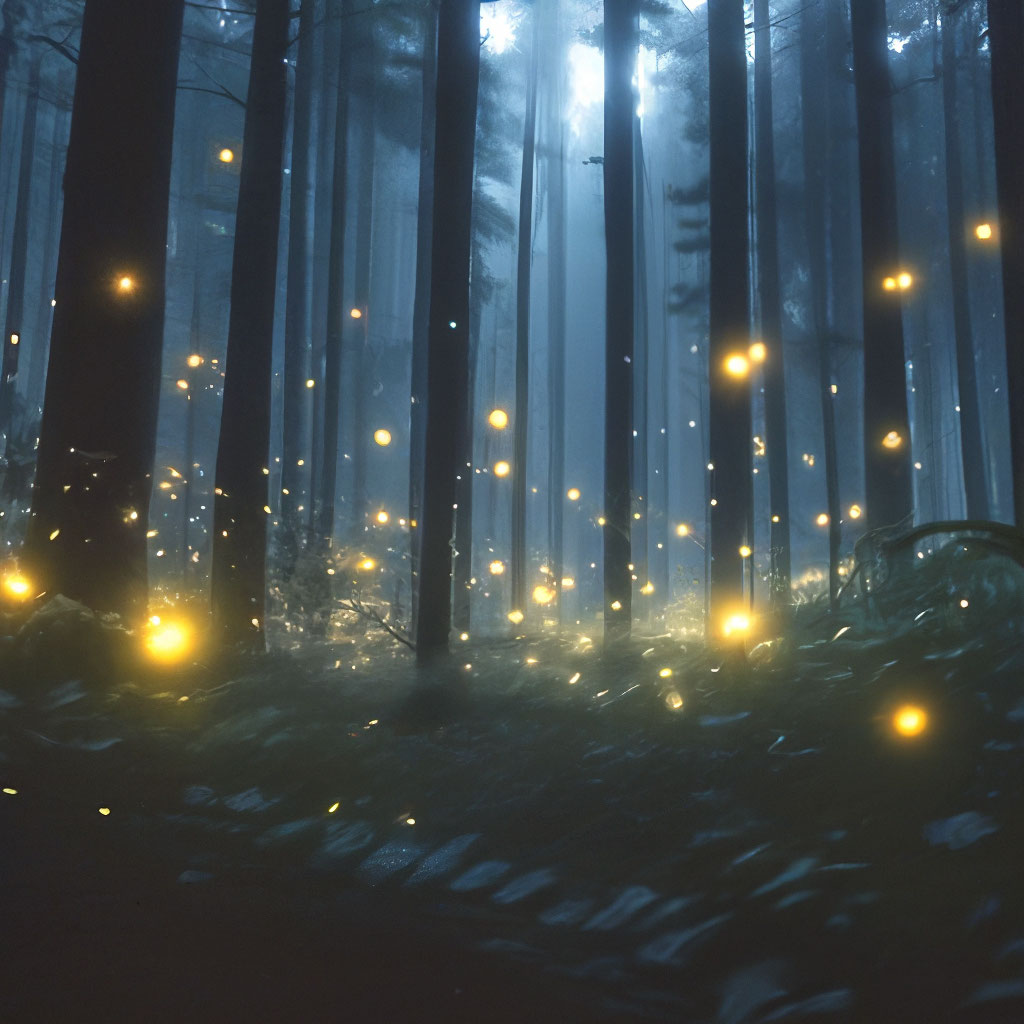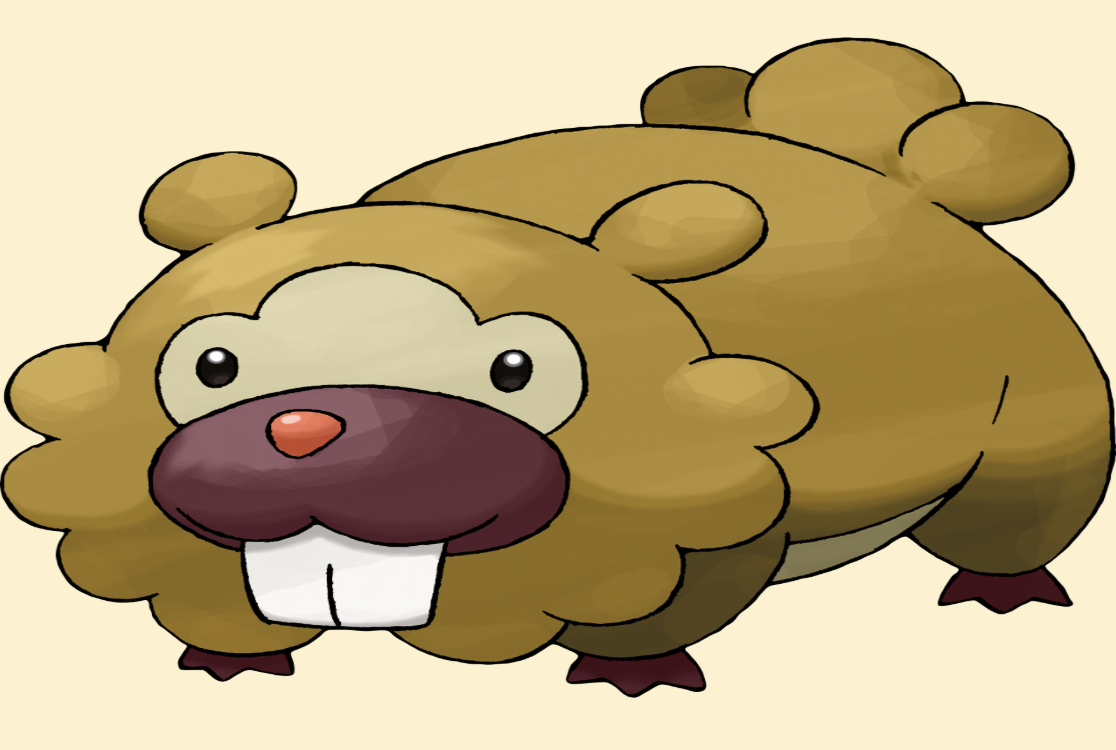What do JoJo Siwa and Sabrina Carpenter have in common? They’re both former child stars who rebranded themselves to become adult pop stars. Other than that and having blonde hair, however, these two figures couldn’t be more different in today’s cultural landscape. In the world of entertainment, rebranding can make or break a star. For child stars, the transition to adulthood comes with extra pressure. The change in image, music, and audience is not always easy, as seen in the stark contrast between JoJo Siwa and Sabrina Carpenter’s rebranding efforts. While both have stepped out of their child-star personas, only one has been truly successful in transitioning to adult stardom. So, what went right and what went incredibly wrong?
JoJo Siwa and Sabrina Carpenter both began their careers in the entertainment industry at a young age. JoJo was known as a bow-wearing, colorful, and energetic dancer on Dance Moms, becoming successful due to her child-friendly brand. She became a global sensation, known for her exuberant personality, merchandise, and family-friendly music with songs like “Every Girl’s A Super Girl.” Sabrina, on the other hand, gained recognition from childhood as a Disney star on the show Girl Meets World. Her role on the show as Maya Hart appealed to a young audience, and she went on to act in other Disney shows and movies.
The switch in JoJo Siwa and Sabrina Carpenter’s careers unfolded in very different manners. For JoJo, one of the earliest moments in her rebranding was when she ditched her signature ponytail and bow in 2022, chopping her hair off in favor of a pixie cut. This marked the beginning of her attempt to leave her child-star image behind. This, combined with her more candid, often unfiltered interviews where she began cursing and explicitly discussing mature topics, was JoJo’s way of announcing she was no longer the kid everyone knew. She was a bad girl now, and she did some bad things, which leads us to our next topic: her most recent releases in music. “Karma” and “Guilty Pleasure” are two songs that are paired with disappointing dances (even more so considering JoJo was on Dance Moms) and extremely explicit music videos. Sabrina Carpenter’s switch, on the other hand, was more gradual and took place over the span of several years, but a monumental moment in her rebranding came with the release of her 2022 album Emails I Can’t Send. In it, she explores themes like heartbreak and societal expectations, marking a shift from her Disney persona. This allowed her to grow with her audience rather than surprise them with a jarring change. She found incredible success in her 2024 album Short n’ Sweet, solidifying her success as a pop star. Both switches were monumental in their own ways, but Sabrina’s felt like a natural evolution, while JoJo’s exhibited a shock value as a sudden attempt to break free from her childhood persona.
While JoJo’s rebranding went viral and created buzz, her actual transformation was disappointing. JoJo was very open about her rebranding, advertising her new rebelliousness and bad-girl persona in every single interview. She even made a separate Spotify account for her new genre of music. This set us up for ultimate disappointment, as JoJo’s “adult” rebranding felt extremely superficial at times. In terms of her appearance, she dyed her hair from her signature blonde to a two-toned blonde and brunette look, wore black eye makeup, and turned her iconic sparkles black (they’re still sparkly). In JoJo’s defense, however, dyeing her hair even slightly may have been a major moment for her considering that her mom has been bleaching her hair that light blonde color since she was only one and a half years old. Despite these changes, her transformation feels incomplete when watching her, as if she’s merely dressing up in a new persona without fully embodying it. In contrast, Sabrina’s shift feels authentic. She doesn’t feel like she’s actively working towards leaving behind her child stardom; rather, she’s naturally growing up, and taking us along with her on her journey.
When comparing the success of their rebranding efforts, it’s clear that Sabrina Carpenter has emerged as the more successful adult star. Sabrina’s has earned her a broader audience, as she has youth who look up to her as this cool pop star, as well as adults who love her music and are able to relate to her. JoJo, on the other hand, not only alienated her younger audience by shifting towards more explicit content but also failed to capture the older audience that she was aiming for. Sabrina has performed at renowned venues, and her Spotify streams continue to climb. As of October 2024, she has 82,682,422 monthly listeners on Spotify. In comparison, JoJo has 688,945. The numbers truly speak for themselves. Metrics such as Spotify streams and concert ticket sales paint a clear picture: Sabrina has found a way to thrive in her new identity, while JoJo’s rebranding seems to have flopped. It’s also worth considering that both stars have gone viral on TikTok, but for opposite reasons. Sabrina’s playful outros in her song Nonsense went viral, showcasing her witty, mature sense of humor. JoJo, on the other hand, went viral for her Karma dance—an energetic performance, but poorly executed. These viral moments illustrate the difference between Sabrina and JoJo’s stardom and success.
I can’t say that JoJo has found no fame, however, since she is a major topic of discussion in pop culture today. Ultimately, the difference in the rebranding of Sabrina Carpenter and JoJo Siwa led to Sabrina’s success as an adult pop star, and JoJo’s downfall.

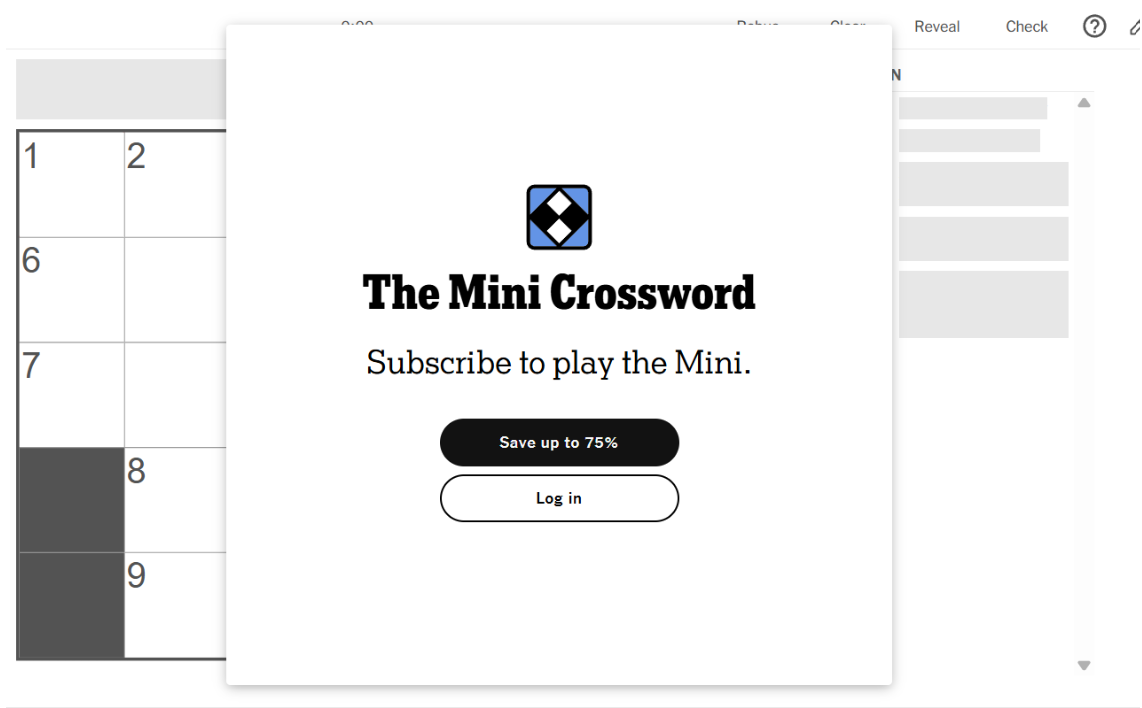


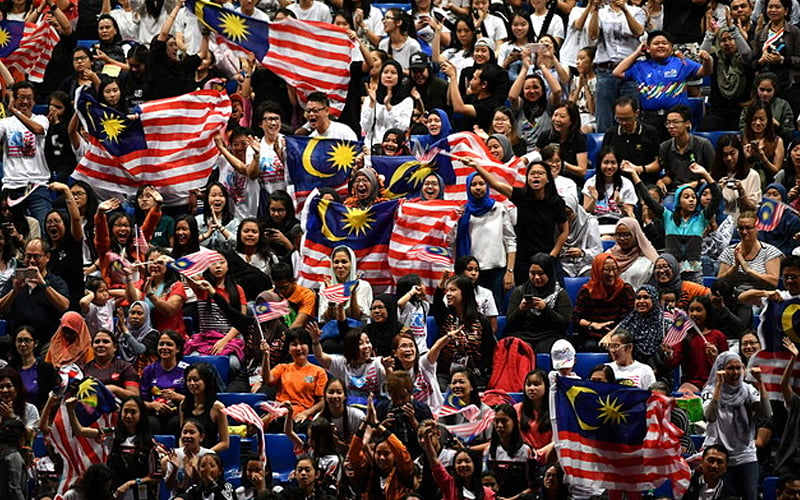
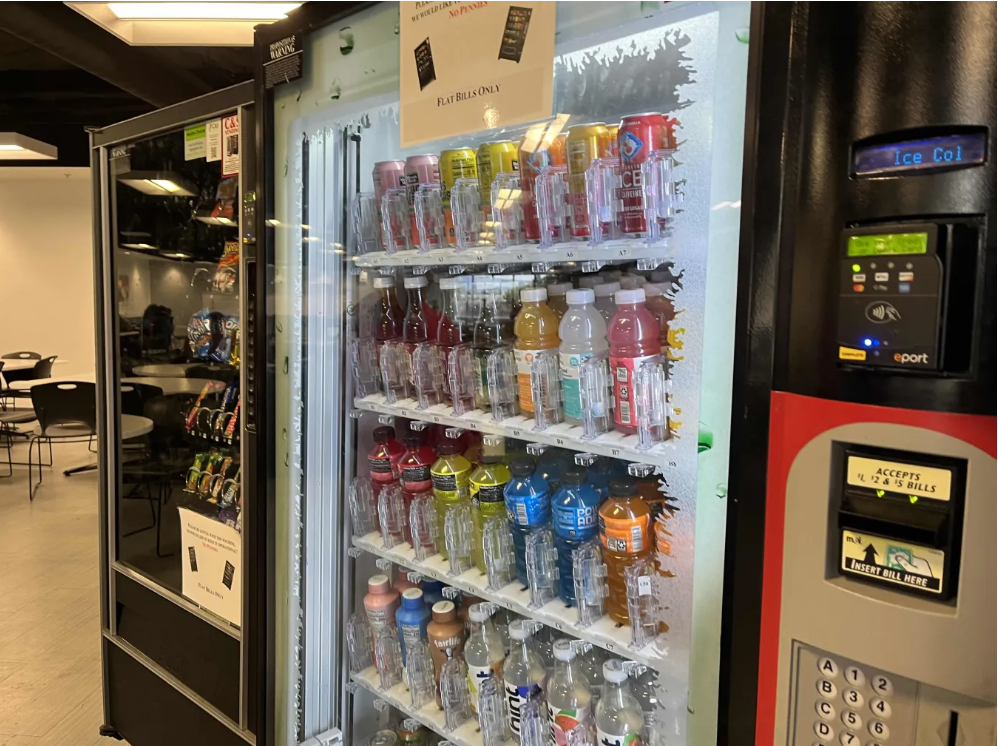

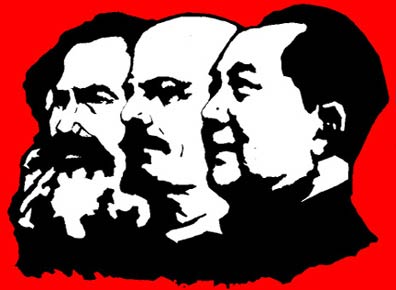
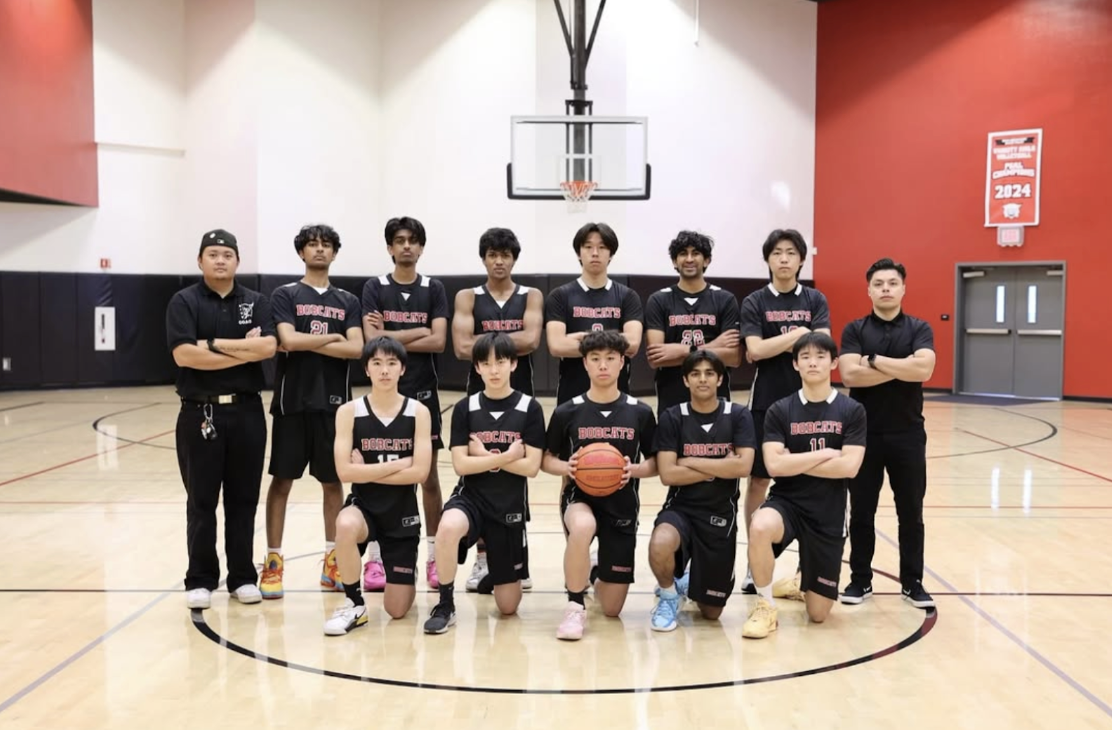
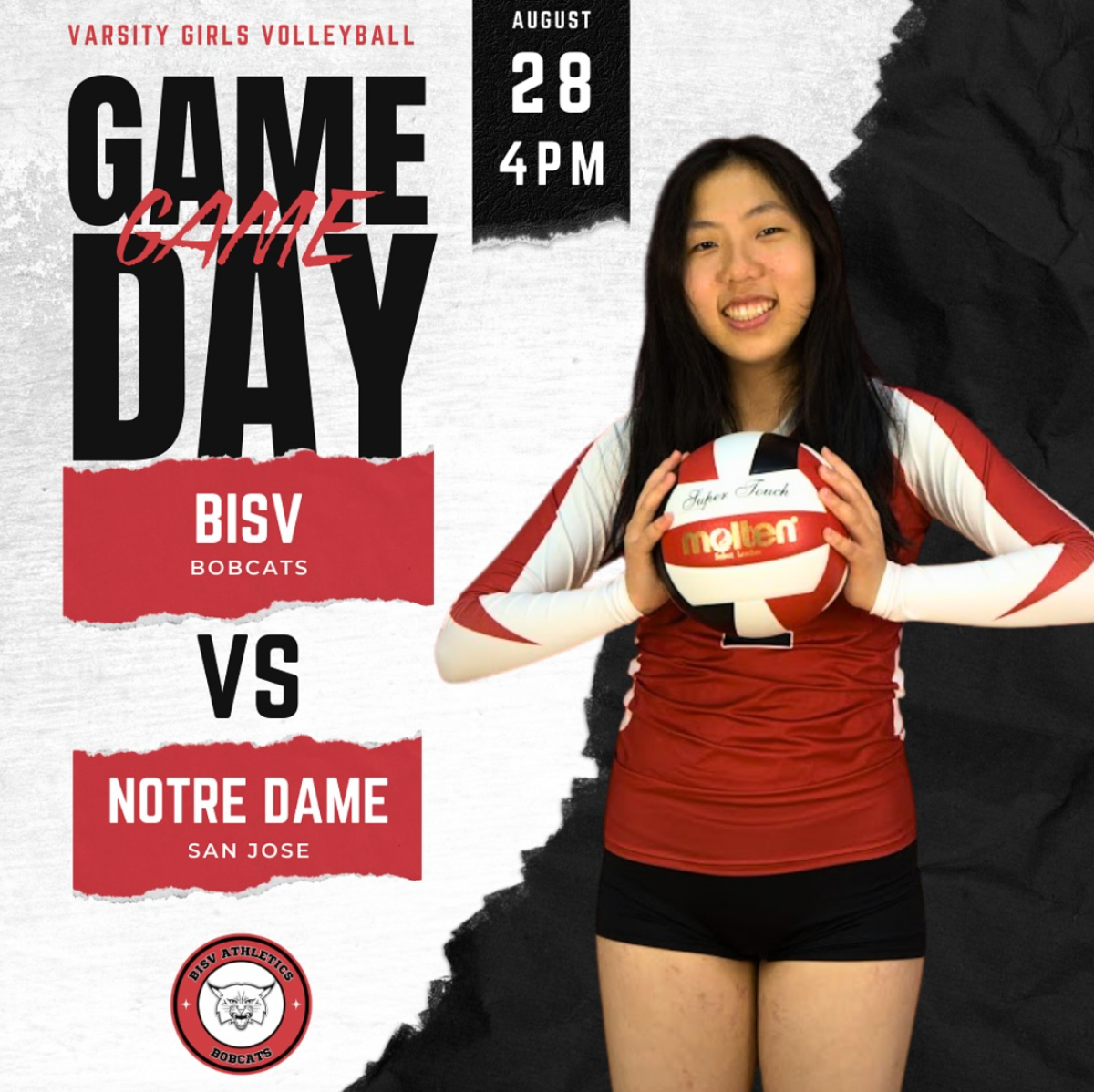
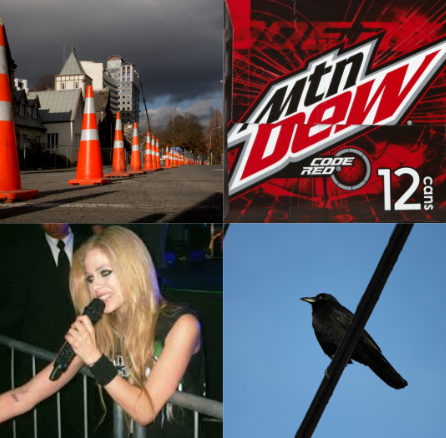

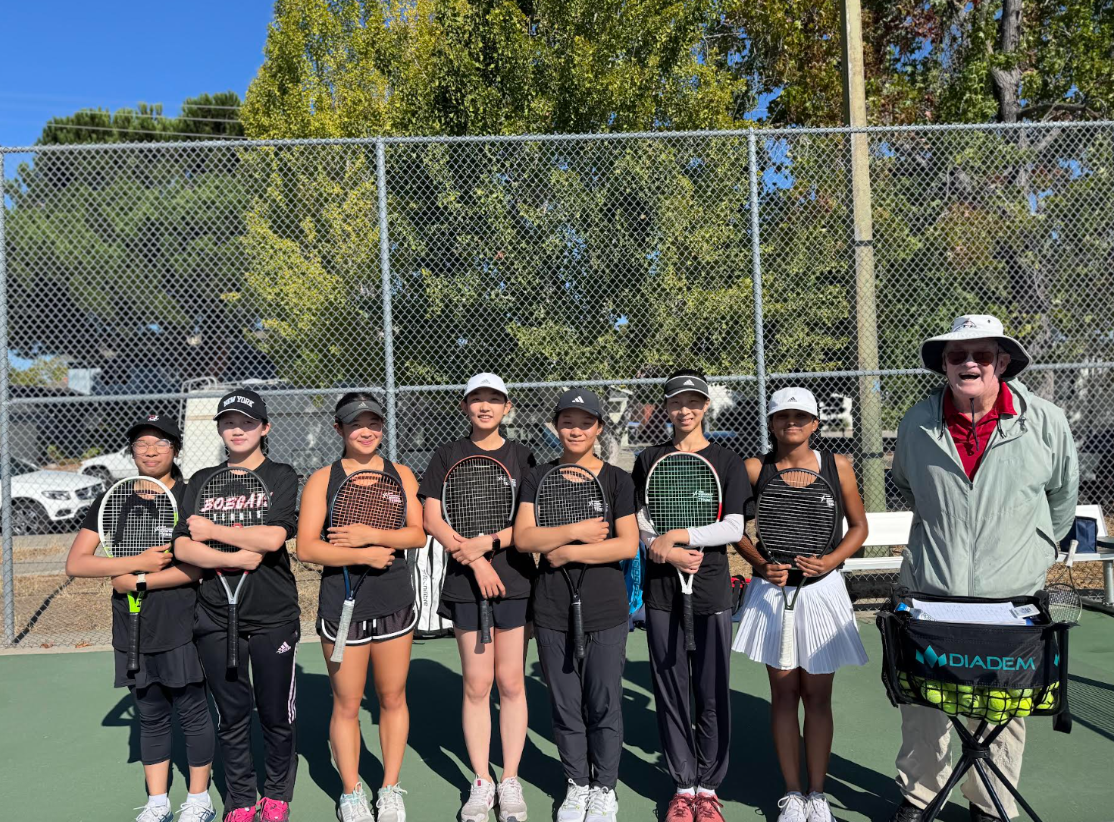
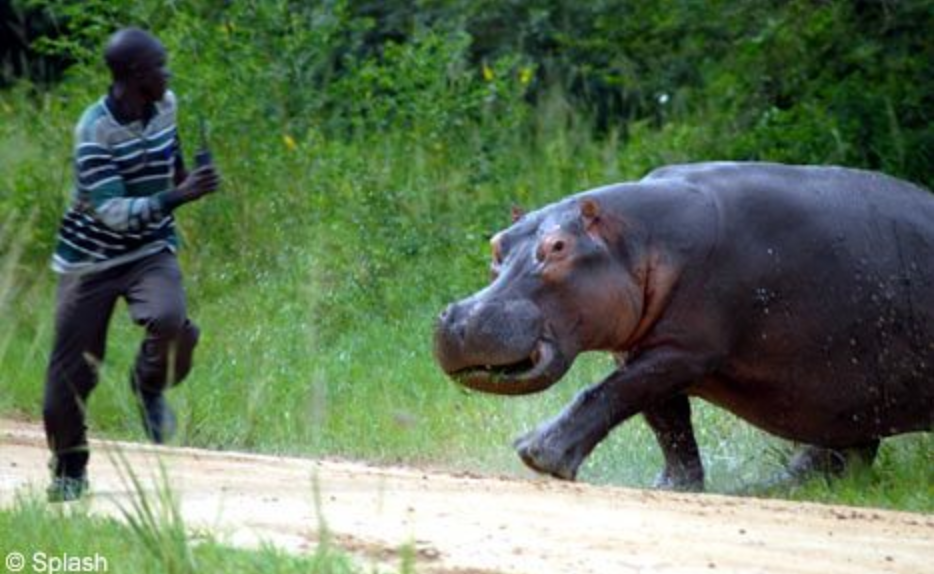



![Teacher [Milk] Tea: Part 2](https://bisvquill.com/wp-content/uploads/2024/03/Screen-Shot-2024-03-19-at-9.28.48-PM.png)


